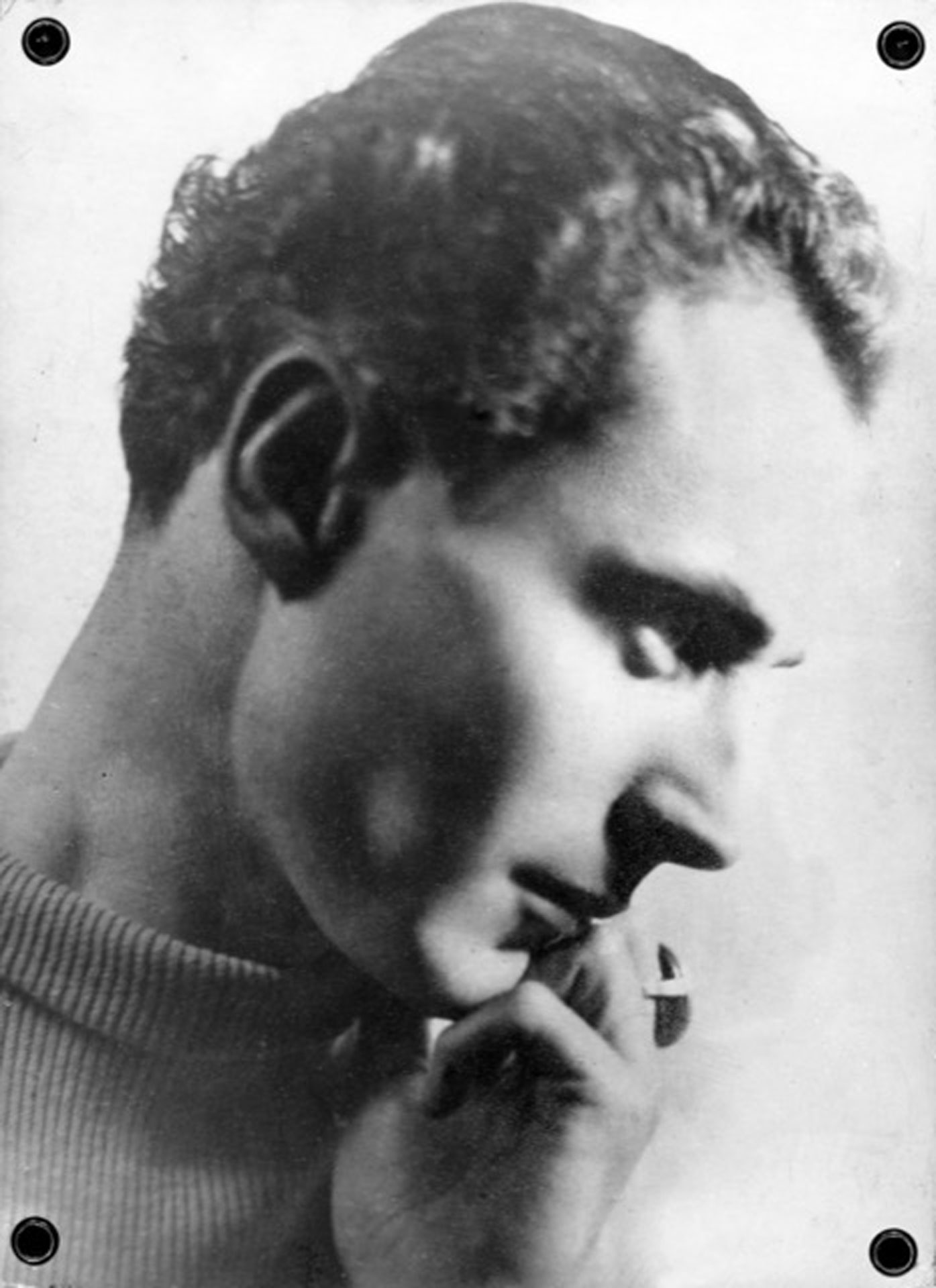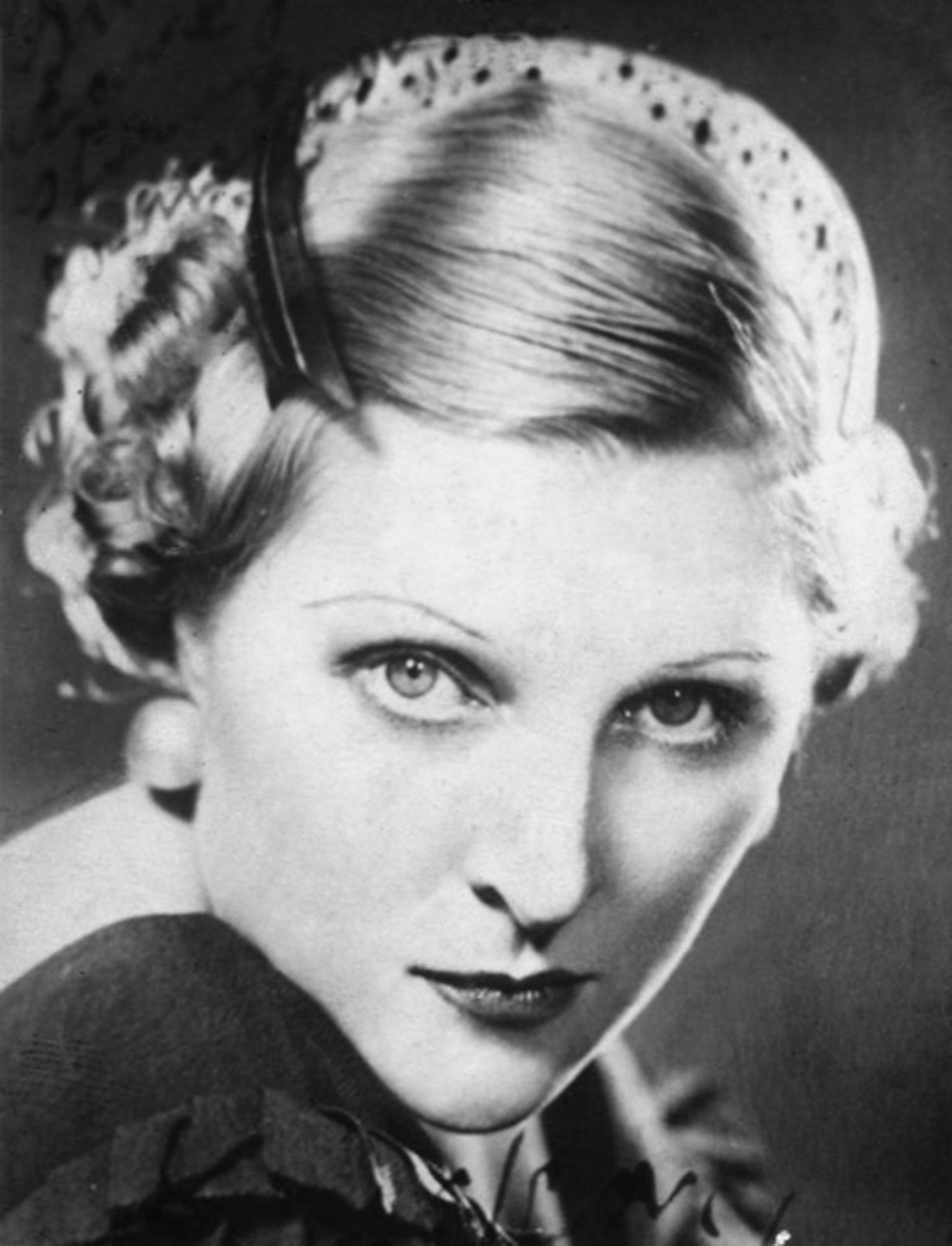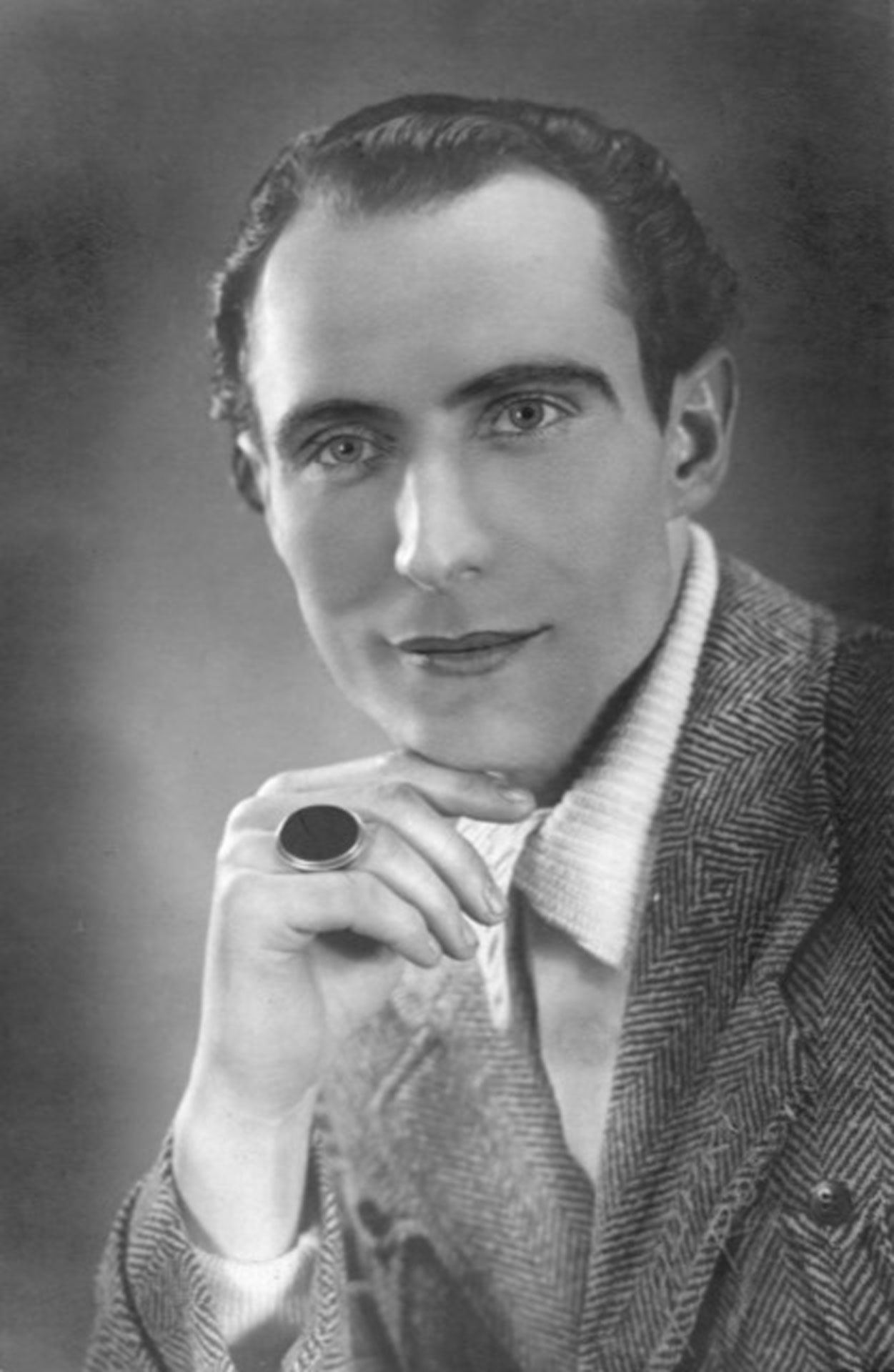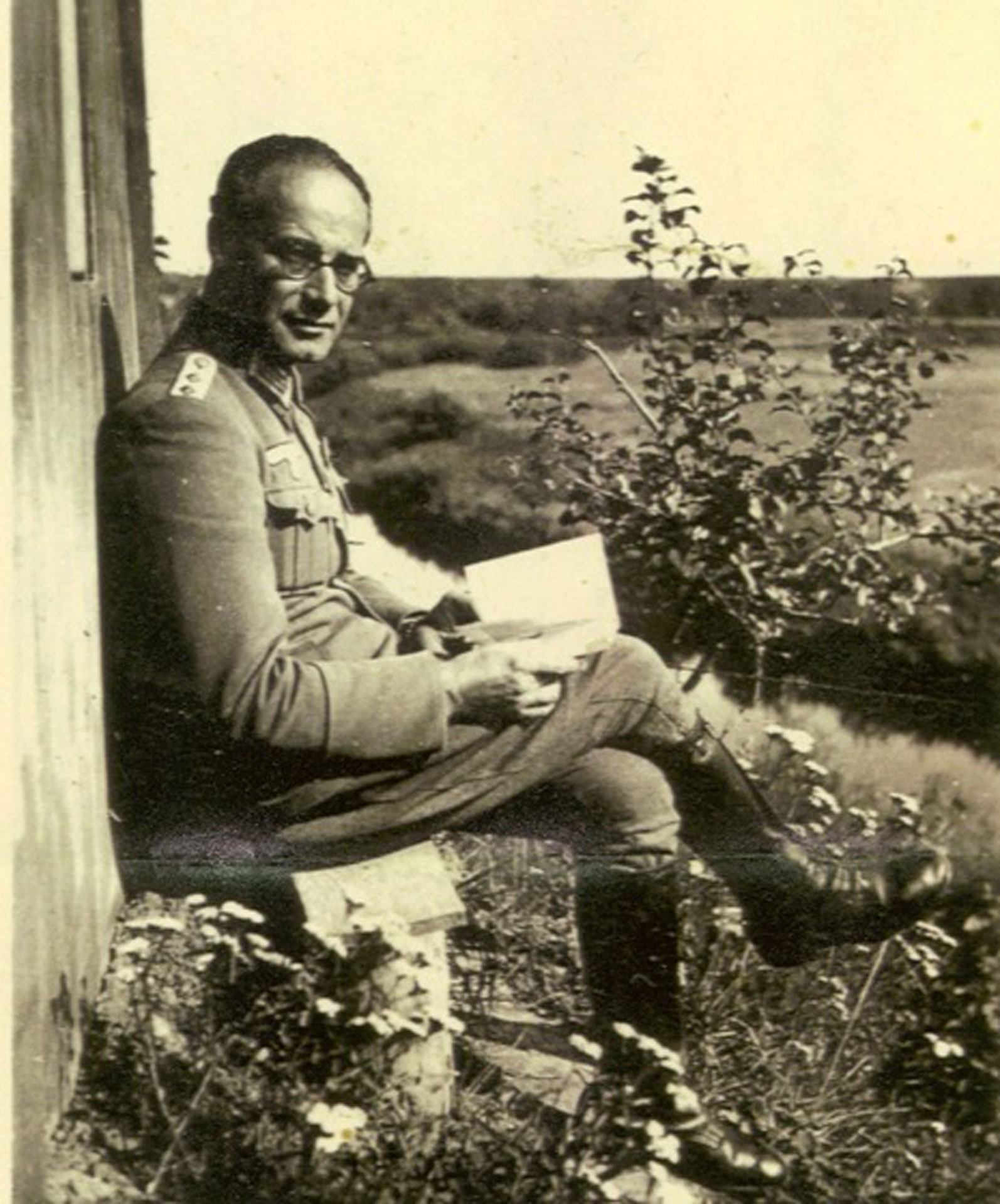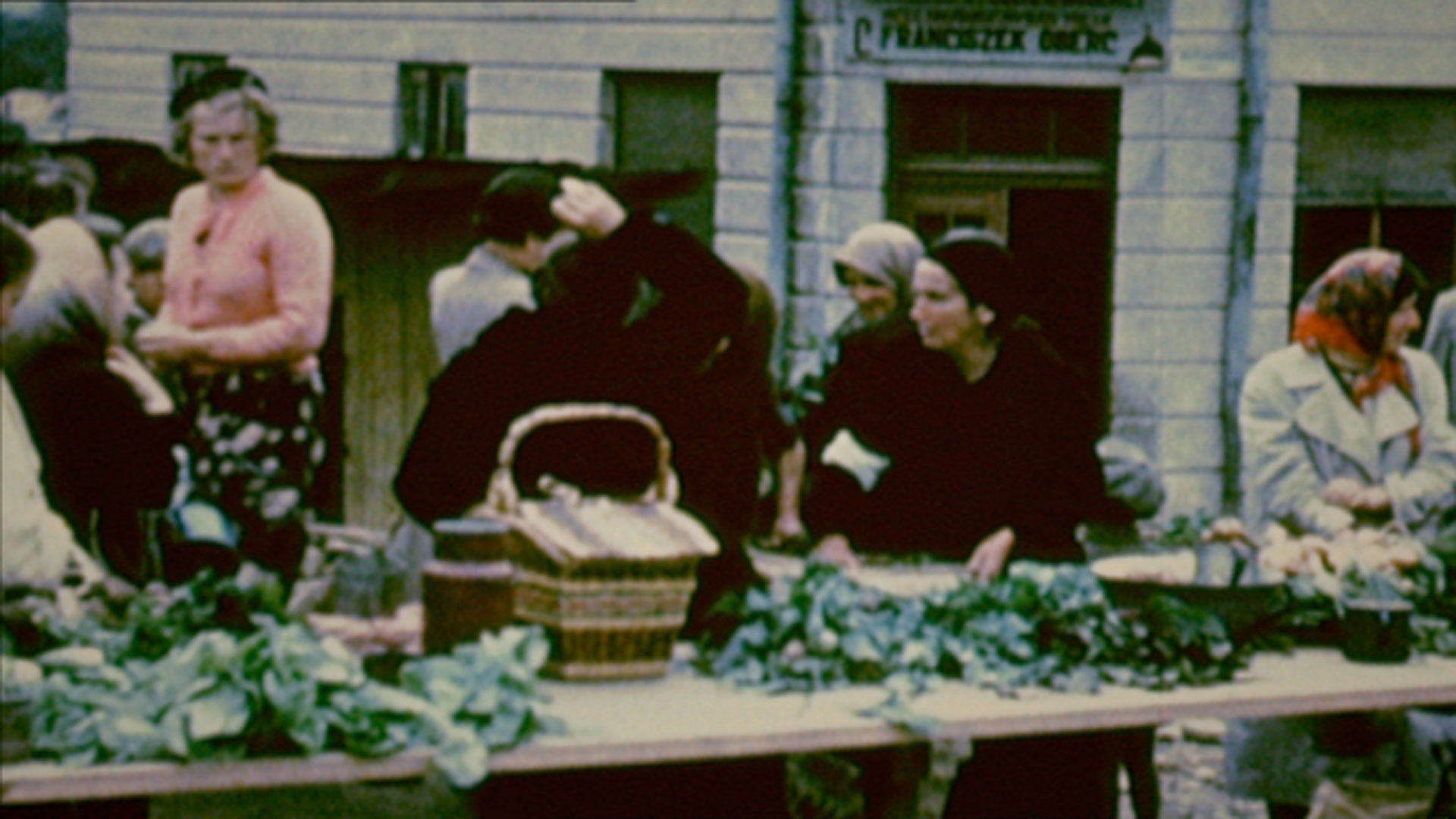Sylvin Rubinstein, the dance of revenge
Sylvin Rubinstein and his twin sister, Maria, were born in Moscow in 1914 to a Russian aristocrat and a Jewish dancer. Forced by the Russian Revolution and anti-Semitic pogroms, the mother moved to Poland with her children. Fascinated by flamenco dance, Maria and Sylvin developed a highly acclaimed duet: “Imperio y Dolores” (Authority and Suffering). In the 1930s, their success took them to the most prestigious stages of Europe. They were performing in Warsaw when Germany invaded Poland in September 1939, and the family found itself locked up in the Warsaw ghetto. Their encounter on a station platform with Kurt Werner, a Wehrmacht officer and convinced anti-Nazi, proved to be providential. The officer recognized the dancing couple because he had attended one of their shows in Berlin and offered them the opportunity to escape from the ghetto. Maria chose to return to Brody to try to evacuate their mother. As for Sylvin, he chose to follow Kurt Werner to join the “Papa Kurt” resistance network based in Krosno, in southern Poland. That was the last time the twins saw each other: Maria and her mother were deported to the Treblinka extermination camp and murdered. The loss of his sister and mother would haunt Sylvin for the rest of his life, fueling his thirst for vengeance, and he would say that he had turned “into a hyena”.
In Krosno, Sylvin, under the code name “Turski”, became an active member of the “Papa Kurt” resistance network, taking part in sabotage operations and carrying out increasingly risky actions. To hide his identity, he disguised himself as a flamenco dancer, taking on the identity of Dolores, whom he intends to avenge. It was in this outfit that, in the summer of 1942, he entered a brasserie in the Adolf Hitler street in Krosno, where dozens of members of the SS and Gestapo were celebrating a wedding. Under his dress, he had hidden two grenades and they turned the party into a “bloody wedding”. After this attack, “Papa Kurt” sent his protégé to Berlin, where Sylvin continued his clandestine activities, as discreetly as possible. However, in 1944, on a busy street in the German capital, disguised as Dolores, he spotted a high-ranking member of the Gestapo. “Dolores” walked up to him, holding a bouquet of roses, pulled out a pistol and killed the officer. After the war, Sylvin moved to Hamburg, where he ran a second-hand shop while pursuing his career as a dancer under the name Dolores and tracking down former Nazis. Kurt Werner returned to his village to take up his job as a schoolteacher. A long time passed before they both talked about their heroic past.
The curtain finally fell for Sylvin Rubinstein in April 2011, but the story of his novel-like life continues to inspire writers from the literary scene as well as from the world of dance and theatre.
Mari-Édith Agostini


